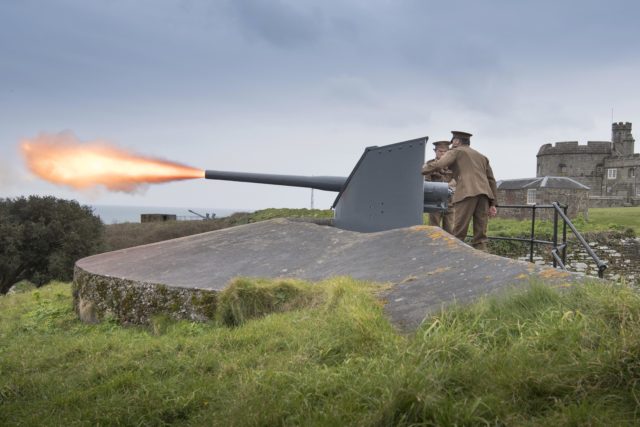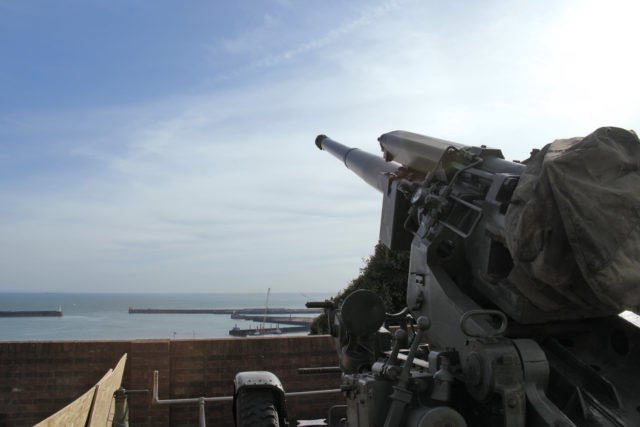
Sea spray and salty air are damaging coastal cannons which once formed a vital part of the country’s defences, charity English Heritage has warned.
Historic guns that sit on cliff tops and castle battlements along the coastline can corrode 20 times faster, without protective treatment, than those sited further inland, the organisation said.
It is launching a fundraising appeal to secure the future of four of the cannons in its care which are most in need of urgent repairs, including a Second World War anti-aircraft gun at Pendennis Castle, Cornwall.

The gun was used to protect troops and supplies amassing at nearby Falmouth at the time of the D-Day embarkations but is now suffering extensive corrosion caused by the sea air and needs full conservation treatment.
The benefits of restoring cannons can also be seen at Pendennis Castle, which opens on March 30, where historic guns including a rare 12-pounder quick-firing gun have been restored as part of a £1 million investment in the site, English Heritage said.
Another coastal Second World War anti-aircraft gun in need of urgent repairs can be found at Dover Castle, where as well as the damage caused by sea air, pollution from the busy port below is also taking its toll.

In addition, two 18th century cast iron nine-pounder cannons at Etal Castle, Northumberland, said to have been salvaged from an English ship which sank in 1782, are suffering from exposure to the elements.
English Heritage cares for more than 400 cannons, carriages and historic guns, from Roaring Meg at Goodrich Castle in Herefordshire, the only surviving mortar of the English Civil War, to the “Pocket Pistol”, a 7.3 metre (24 ft) cannon at Dover Castle, given to Henry VIII in 1544.
It said it had already completed intensive conservation to cannons and carriages on the Garrison Walls at St Mary’s on the Isles of Scilly this year, and work is scheduled on the 16th century cannon at Pevensey Castle, Sussex.

English Heritage senior collections conservator Bethan Stanley, said: “Our cannons are precious objects, vital alongside our castles and fortifications in telling the story of England as an island nation.
“To many, they are an integral part of the landscape, but unless we act now, they could ultimately be lost to the elements.
“Coastal guns are regularly battered by strong winds blowing corrosive moisture and salt spray over them which means that, untreated, they can corrode 20 times faster than those just a mile or so inland.
“The care of our cannons is a complex process, and English Heritage scientists are at the forefront of research into the most effective treatments.”
More details of the fundraising appeal to save the historic cannons can be found at: www.english-heritage.org.uk/save-our-cannons


Comments: Our rules
We want our comments to be a lively and valuable part of our community - a place where readers can debate and engage with the most important local issues. The ability to comment on our stories is a privilege, not a right, however, and that privilege may be withdrawn if it is abused or misused.
Please report any comments that break our rules.
Read the rules here